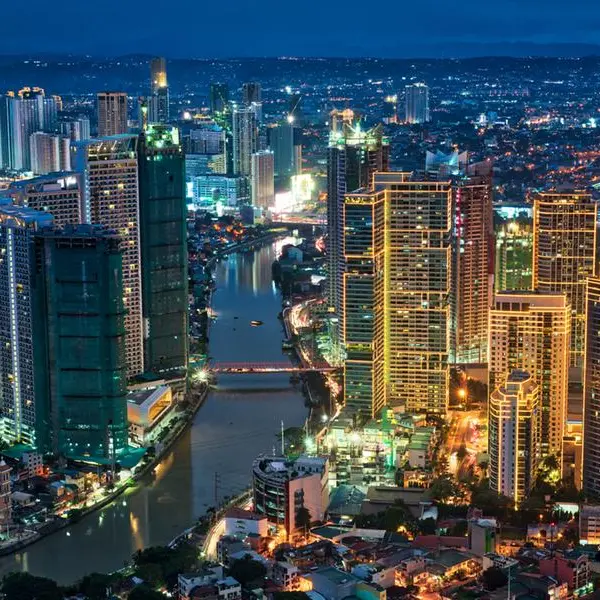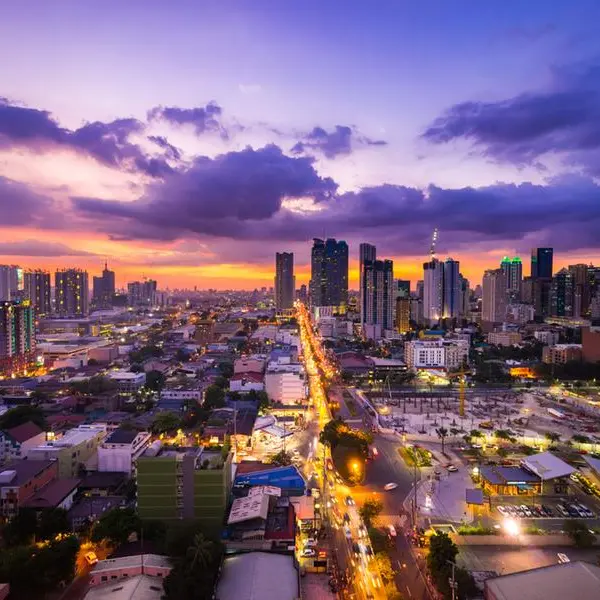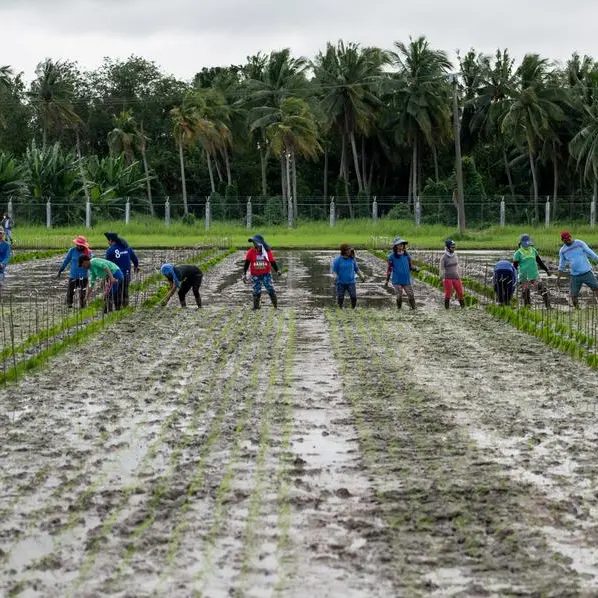PHOTO
La Niña has a 70 percent chance of forming between August and October, according to the Philippine Atmospheric, Geophysical and Astronomical Services Administration (PAGASA).
PAGASA said that neutral conditions are still present in the tropical Pacific in its El Niño Southern Oscillation Alert and Warning System.
Still, PAGASA on Friday raised its warning system to a La Niña alert following the increasing odds of the La Niña development.
La Niña is likely to persist until the first quarter of 2025.
The phenomenon is characterized by unusually cooler-than-average sea surface temperatures across the central and eastern equatorial Pacific.
It may bring above normal rainfall over some parts of the country in the coming months.
The Philippines may experience a higher chance of increased convective activity and tropical cyclone occurrence, with potential adverse impacts such as floods and landslides over vulnerable areas.
State weather forecasters said it is monitoring significant developments in the climate phenomenon and encouraged government agencies and the general public to take precautionary measures.
Copyright © 2022 PhilSTAR Daily, Inc Provided by SyndiGate Media Inc. (Syndigate.info).












